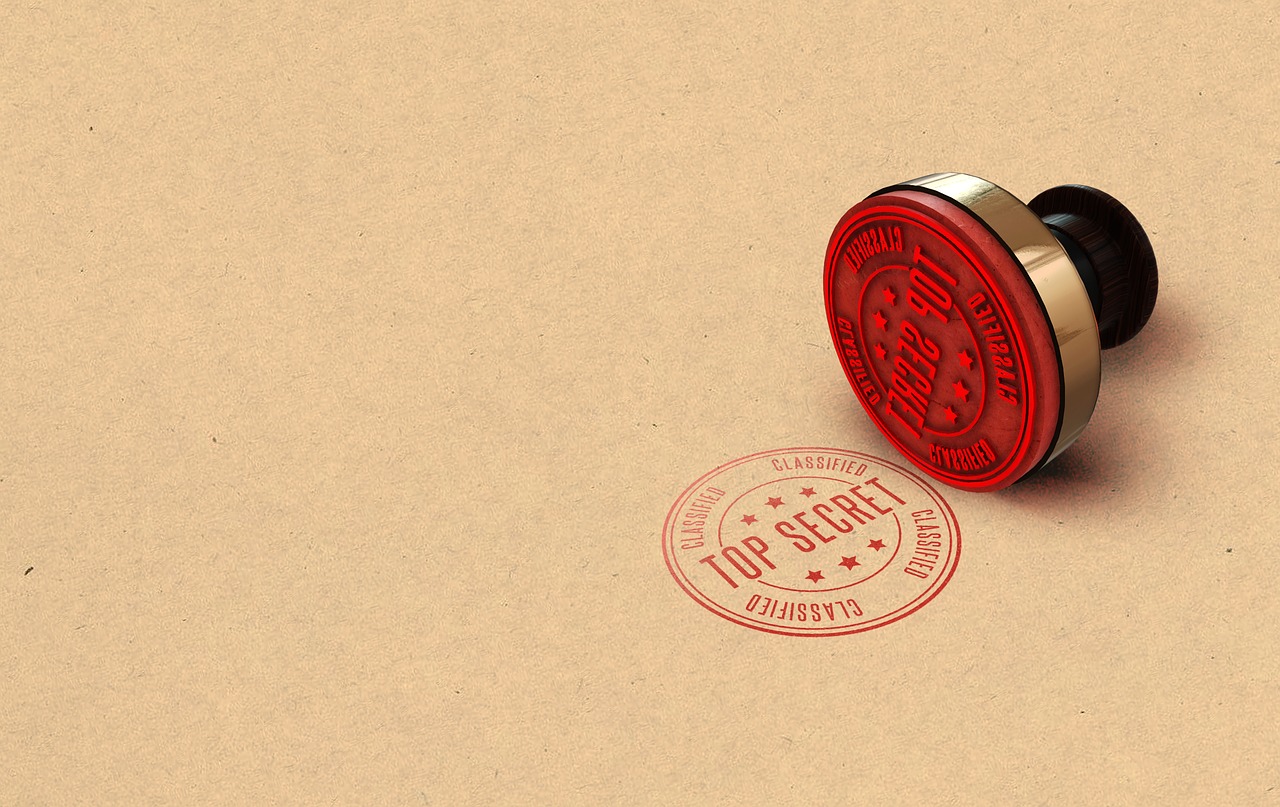You might have seen the terms "Green Paper", "White Paper" and "Blue Book" thrown about, usually in a news report.
If like me, you've wondered why Parliament and the Government needs different coloured materials for its official reports, then wonder no longer.
I've trawled through Parliament's official glossary to help solve the mystery.
Green Paper
 Pic from YouTube.
Pic from YouTube.
"A Paper in the nature of a preliminary discussion or consultative document, usually issued in advance of the formulation of Government policy.
An example is the Green Paper on “Agenda for Action: Goals and Challenges” presented to Parliament in 1988."
So a Green Paper is like an advance document, non-binding, which is issued before substantial discussion takes place. Cool.
For example, on Jan. 5, the Ministry of Law and the Ministry of Communications and Information jointly released a Green Paper that lays out their reasons for setting up a Select Committee for "deliberate online falsehoods."
Blue Book
 Pic from YouTube.
Pic from YouTube.
"A popular name for official reports, statistical, Government or Parliamentary publications which are presented with a blue cover, such as reports of the Select Committees of Parliament."
So Blue Books get their name because they have a blue cover. Creative.
[related_story]
White Paper
 Pic from OhMyDisney.
Pic from OhMyDisney.
"A policy document issued by the Government to explain or discuss matters. White Papers are often presented for debate in Parliament.
An example is the White Paper on the "Report of the Junior College/Upper Secondary Education Review Committee" presented on 22 October 2002."
Now most of you should have heard of a White Paper. The Population White Paper: A sustainable population for a dynamic Singapore, was released in Jan. 2013.
It caused some controversy, even sparking a protest at Speaker's Corner in Feb. 2013.
So there you go, today you learned.
Top image from Pixabay.
If you like what you read, follow us on Facebook, Instagram, Twitter and Telegram to get the latest updates.
